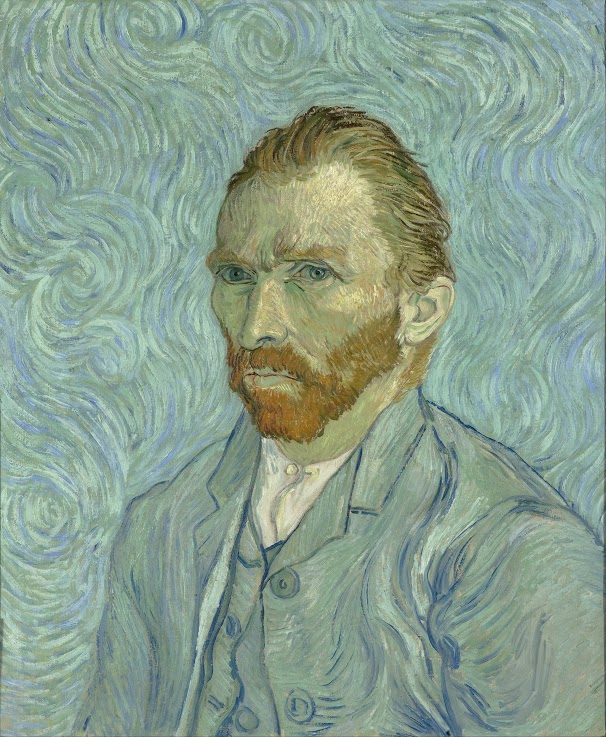Yours with a Handshake
A review of the movie Loving Vincent
The first thing one notices when watching Loving Vincent is the color scheme. Rich purples and blues are displayed as the opening credits to the movie begins. Each new shade brings new color and brightness to the movie, creating a beautiful image of what the rest of the movie has in store. This works well as Loving Vincent is entirely oil painted, by hand, making it the first of its kind.
“The reason we made the film is not because we want to be the first, or that we want to set any records, it is because we believe that you cannot truly tell Vincent’s story without his paintings, so we needed to bring his paintings to life,” the editors of the movie’s website said.
Through 65,000 oil painted frames and over 100 animated paintings, the movie elicits a new era of filmography that should very well continue.
Set one year after the death of Vincent van Gogh, the movie attempts to show the controversies surrounding his death through the journey of his friend, Armand Roulin. Roulin is tasked by his father to deliver Vincent’s last letter to his brother, Theo; however, complications arise when he finds out that Theo is dead. Roulin continues on to find Theo’s wife, but must first travel to the town where Vincent was found dead. While he waits for the Doctor Gachet, Vincent’s doctor who is in contact with Theo’s widow, to return from his travels in Paris, he talks to the town people to find out why Vincent did what he did, how he went from being “calm to suicidal in six weeks.” While the movie leaves off unresolved, the reasons why he died doesn’t become important. It is his paintings that do.
The movie is as much a biography of van Gogh’s life as it is a mystery film. Flashbacks are used countlessly throughout the film to tell the different perspectives and viewpoints of the people Roulin speaks to. The movie masterfully balances the past and the present through the use of paint: black and white for the past and color for the present.
The drawings themselves took from both van Gogh’s work and the features of the voice actors. They essentially shot the film and then hand painted over it in the style of van Gogh. The shots, however, were mirrored after paintings van Gogh did of the people in the movie. In the end, it creates a wonderfully done finished product that goes beyond a documentary.




